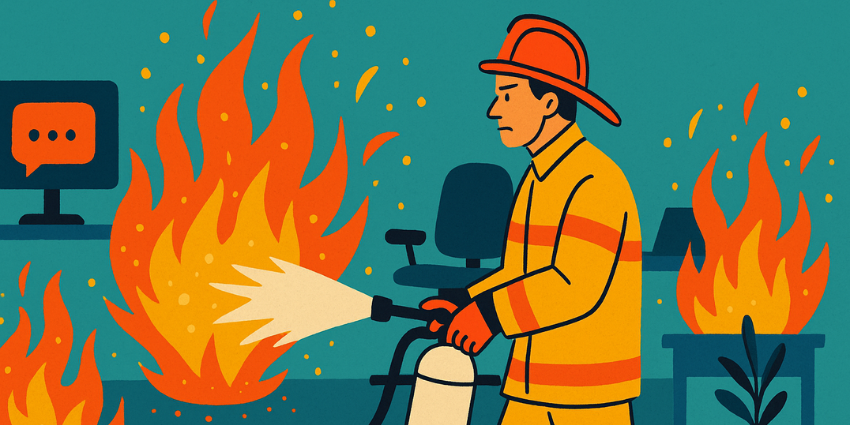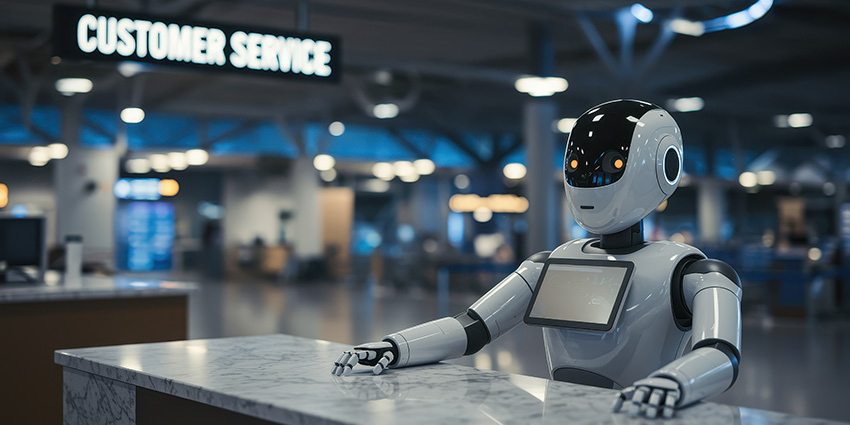As customer experience evolves, it’s important that organizations move beyond legacy KPIs to focus on predicting what’s next. For CX leaders, tracking the right metrics and benchmarks spells the difference between firefighting and proactively shaping the customer journey, preventing issues before they’re ever raised. This article highlights the benchmarks you should be adopting when implementing predictive CX AI, and how to close the performance gap.
Why Traditional Customer Experience KPIs Metrics Aren’t Enough
Many organisations are still leaning on traditional metrics like Net Promoter Score (NPS), Customer Satisfaction (CSAT) or First Contact Resolution (FCR) as their primary customer experience KPIs. But in an era of real-time and predictive operations, these indicators increasingly miss the moment when you could intervene and influence. Instead of measuring solely speed and volume, you should be tracking trust, outcomes and lifetime value. That means you need a CX measurement framework not simply anchored in “how did we do” but in “what’s going to happen next”.
What Predictive CX Looks Like
Predictive customer experience means using real-time insights, AI-driven modelling, customer journey analytics and automation triggers to anticipate needs, identify friction before it surfaces, and act in the moment.
“Organisations that forecast needs, reduce effort proactively and engage before a customer raises a ticket gain a significant advantage over their competitors.”
So, what benchmarks define ‘real-time readiness’? Below are three categories every CX leader should be keeping their eye on:
Friction-avoidance
Average Customer Effort Score (CES) trending lower (i.e., less effort) compared to peers, and a high ratio of issues resolved before they require a customer-initiated interaction. For automation-enabled contact centres, fewer inbound contacts per thousand customers in predictive models signals maturity.
Predictive action adoption
Percentage of customer interactions where CX AI tools triggered a next-best-action or intervention, versus purely reactive responses. For example, what proportion of service cases were flagged by predictive routing or agent assist automation?
Business-outcome orientation
Conversion, retention or revenue increases tied to CX automation and predictive interventions. For instance, tracking how many customers avoid churn due to predictive outreach, or how many upsell opportunities were initiated by predictive insight rather than campaign alone. The shift from “ticket closed” to “customer retained or expanded” marks genuine progress.
Assessing Your Position
Start by mapping your current set of customer experience metrics and overlaying them with these questions:
- What share of your issues are discovered proactively versus via customer complaint?
- How much of your customer journey analytics feed into automated triggers or next-best-action flows?
- When you implement AI in customer experience, how do you measure its actual impact on retention, lifetime value or cost-to-serve?
Then, benchmark against industry indicators. Top performers usually maintain CSAT in the high-70s, CES (on a 1-5 scale) around 1.5, and above industry retention rates significantly better than average. Use those numbers as directional, then identify your gaps. The impact isn’t abstract – companies leading in CX grow revenue 41% faster than peers.
How to Scale Your Predictive CX AI
Align data and architecture: Without a unified data backbone and real-time access, predictive CX won’t scale. Many organisations are now re-architecting with vendor-neutral layers to power AI-driven experiences.
Define measurement frameworks tied to outcomes: Shift from “calls answered in 30 seconds” to “calls prevented, or revenue preserved via predictive intervention.”
Pilot and scale automation and AI use cases: Identify lean use-cases (for example, churn-risk triggers or next-best-action in onboarding). Track the ratio of automated/predictive interactions versus baseline.
Iterate on the journey analytics: Deploy customer journey analytics to detect drop-off points, then layer in predictive signals to intervene.
Monitor, optimise and embed learning loops: Predictive models degrade over time if not retrained. Embed feedback loops so your automation and AI refine themselves. This transforms CX automation from a cost-cutting exercise into a catalyst for growth.
Turning Insight into Competitive Advantage
With customer expectations sky-high, the brands that are winning are those operating with foresight, not hindsight. Leveraging CX AI and establishing clear benchmarks allows you to move from reactive service to proactive experience design.
Ready to move from reacting to customer issues to predicting them? Read our Ultimate Guide to Automation & AI in CX







